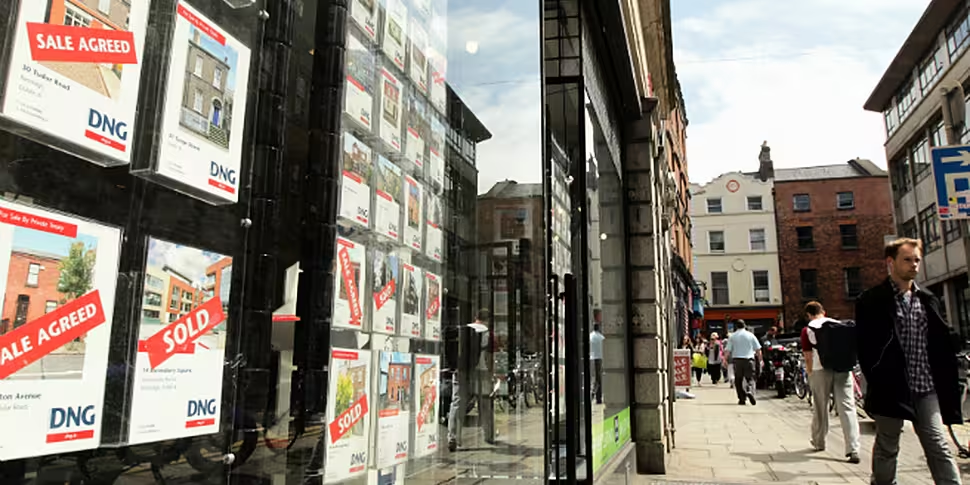Residential property prices around the country jumped by 10.7% in the year to February.
This compares with an increase of 8.1% in the year to January and an increase of 5.4% in the 12 months to February 2016.
New figures from the Central Statistics Office (CSO) show that prices increased more outside Dublin, with a 13.2% rise in those 12 months.
The biggest hike was in houses in the west of the country, with a 19.8% jump in the cost of a home experienced there.
The Mid-East region showed the least price growth, with house prices increasing 9.3%.

The rise in Dublin was lower than the national average at 8.3%, though it remains the most expensive region to buy a home.
The average dwelling in Dublin cost almost €400,000, compared to a national average of €245,000.
Dublin house prices increased 8.1%, with apartments increasing 9.1% in the same period. The highest house price growth was in the city, at 9.2%. In contrast, the lowest growth was in Fingal, with house prices rising just 3.7%.

The border counties are the cheapest region in which to buy a home, with Longford being the most inexpensive county with an average price of just under €88,000.
Dublin 6, D4 and Blackrock are the most expensive places in the country in which to buy. Greystones in Wicklow the priciest place outside the capital.

The CSO figures also show a quarter of sales last year were to first-time buyers.
Prices around the country have now increased by 52% since hitting a low in 2013.
Pat Davitt, chief executive of the Institute of Professional Auctioneers and Valuers, told Newstalk's Sean Defoe:
"Obviously what's caused it is there's a shortage in supply. Demand is huge and prices are being pushed up because of that.
"One of the big things is that there's only a certain amount of the larger builders [who are currently] building. And they're only building in the capital – there's very little building going on throughout the country."
Overall decline over a decade
Overall, the national index is 30.7% lower than its highest level in 2007. Dublin residential property prices are 31.3% lower than their February 2007 peak, while residential property prices in the Rest of Ireland are 35.7% lower than their May 2007 peak.
From the trough in early 2013, prices nationally have increased by 52.1%. In the same period, Dublin residential property prices have increased 67.9% whilst residential property prices in the rest of Ireland are 47.9% higher.
Additional reporting by Sean Defoe










